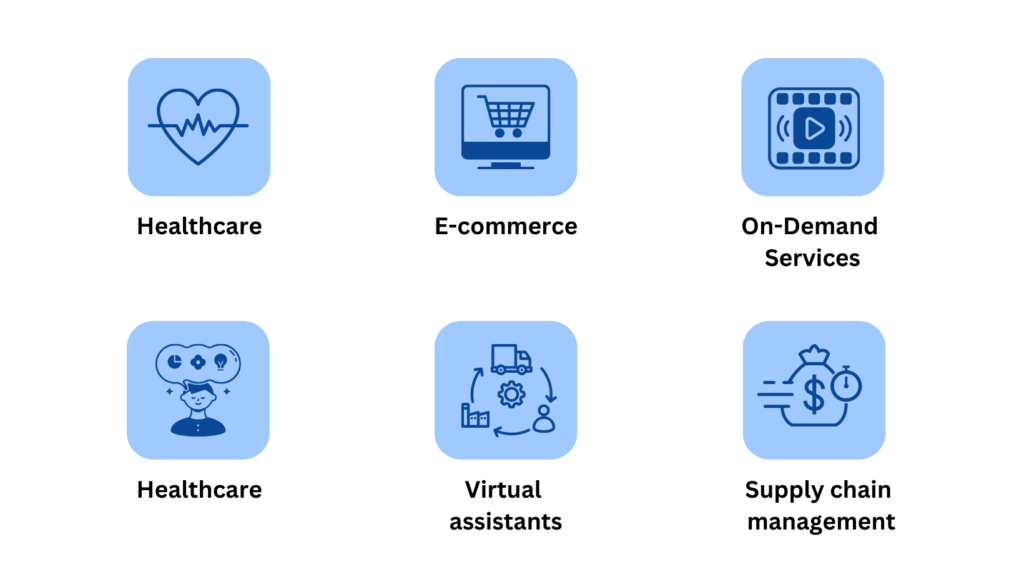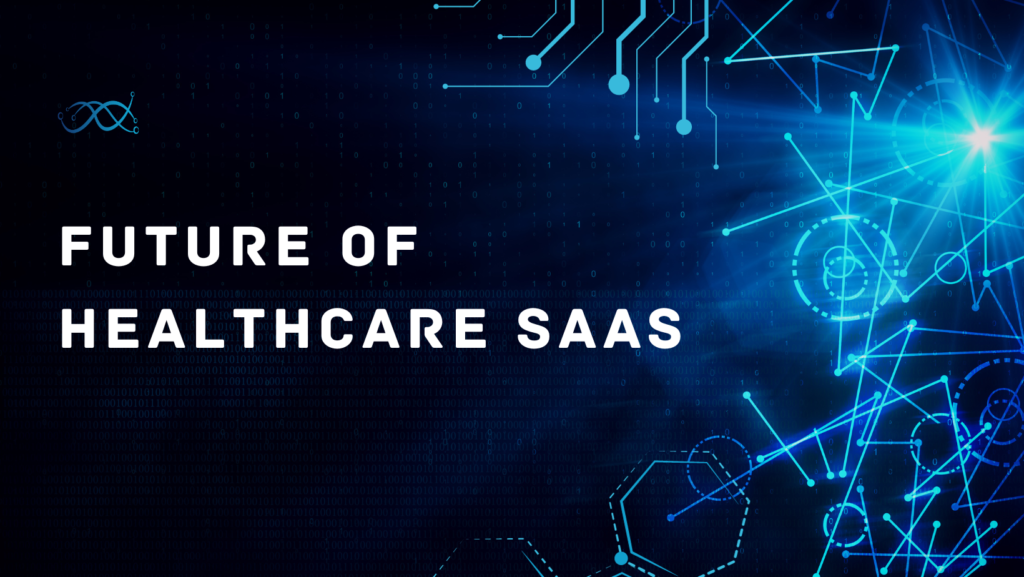Business owners aspire to anticipate future trends and optimise capital and resources for long-term success. The adoption of advanced strategies, such as predictive analytics, has become prevalent in the industry. By harnessing the vast amounts of daily data collected by businesses, predictive analytics enables valuable insights and forecasts regarding current and future endeavours. Through sophisticated analytical techniques, it evaluates project success and offers intelligent recommendations for informed decision-making, all grounded in the available data.
What is predictive analytics?
Predictive analytics involves leveraging historical data, machine learning methodologies, and statistical algorithms to determine the probability of future occurrences. Whether predicting customer requirements, forecasting broader market trends, or mitigating risks, this approach provides a competitive edge and, in turn, enhances revenue potential.
Now let’s take a look at an example to see how predictive analytics works.
Businesses routinely encounter numerous decisions that profoundly impact their overall success. One common decision faced by many is the task of sales forecasting.
In the realm of financial planning, sales forecasting stands as a crucial initial step with far-reaching implications for various facets of the business, including personnel hiring, procurement of raw materials for manufacturing, managing demand, and more.
Sales forecasting goes beyond merely predicting the quantity of products to be sold in a forthcoming period; it also involves forecasting the who, what, and why of customer purchases. However, these tasks are time-consuming, posing challenges in resource prioritization. This challenge can be addressed through the utilization of a predictive analytics tool.
By employing a predictive analytics tool, businesses can achieve accurate sales forecasts. Such a tool predicts future behaviors based on past patterns, integrating historical and current data. This aids in comprehending customer needs and motivations, ultimately enhancing user experiences.
Having explored the concept of predictive analytics, let’s now delve into the primary advantages that predictive analytics can bring to your business.
Why is predictive analytics important?
The significance of predictive analytics lies in its ability to assist organizations in identifying risks and seizing opportunities through the generation of actionable insights, aiding in the realization of their business objectives. Consequently, here are some crucial advantages of predictive analytics for your business:
1. Detecting fraud
The amalgamation of various analytics techniques enables the identification of suspicious behaviors and enhances pattern detection. With the escalating concern over cybersecurity, advanced predictive analytics with high performance scrutinizes real-time actions on a network to pinpoint abnormalities that could signify fraud, zero-day vulnerabilities, and advanced persistent threats.
2. Improving operations
Numerous organisations leverage predictive models for inventory forecasting and resource management. For example, hotels employ predictive analytics to anticipate nightly guest numbers, optimising occupancy levels and subsequently boosting revenue. This proactive approach aids in refining production processes and undertaking necessary actions when required.
3. Forecasting customer churn
Forecasting customer churn involves identifying signals that precede cancellation requests and assessing the likelihood of such occurrences. Utilising predictive models allows for the comparison of data related to customer satisfaction, service quality, and churn rates, helping pinpoint the factors that contribute to cancellations.
4. Optimising market campaigns
Through the application of predictive analytics, you gain insight into the comprehensive history of marketing campaigns, facilitating improved forecasting for future results. This enables the identification of the most effective language tailored to each target demographic, optimal marketing channels, and other factors that impact consumer receptivity. Consequently, in engaging and winning over your audience, your efforts are precisely aligned with the objective.
5. Customer relationship management (CRM)
Utilizing predictive models in customer relationship management allows for a comprehensive understanding of clients throughout their entire purchasing journey. Leveraging available data, you can construct multivariate models to analyse a broad spectrum of potential connections between purchase histories, behaviours, profiles, interactions, and consumer perceptions.
Predictive analytics use cases
Real-world scenarios offer various applications for predictive analytics, enabling industries to enhance operational efficiency, mitigate risks, and boost revenue. Here are some instances showcasing the use cases of predictive analytics.

1. Healthcare:
In the healthcare sector, predictive analytics is gaining traction for three pivotal purposes: risk assessment, geographical mapping, and strategizing hypothetical scenarios related to surgeries and patient admissions. The adoption of analytics results in improved patient outcomes, enhanced treatment efficacy, and cost savings spanning various departments.
As an illustration, consider a predictive analytics-enabled device designed for asthma patients. This device captures and analyses the breathing sounds of patients, delivering real-time feedback through a smartphone app. This innovative approach assists patients in effectively managing their symptoms and staying prepared for potential attacks.
2.E-commerce:
In the realm of e-commerce, the integration of predictive analytics aids sellers in comprehending the maximum price a customer is willing to pay for their products. It involves analysing buyer behaviour and crafting personalised product recommendations for an enhanced shopping experience.
3.On-demand services:
In the on-demand sector, particularly in transport and communication, predictive analytics prove valuable for anticipating areas with heightened fleet demand, determining optimal user tipping prices, and identifying stages at which ride cancellations are likely to occur.
4.Virtual assistants:
When coupled with the capabilities of deep learning, demonstrate remarkable efficacy through the integration of predictive analytics. Real-world instances like Siri, Ok Google, and Alexa showcase the application of advanced techniques in virtual assistants. These intelligent assistants adeptly learn from user behaviors, ensuring the delivery of precise and tailored results.
5.Supply chain management:
Ineffective optimization of the supply chain can adversely impact various facets of your business. Consequently, it becomes essential for enterprises to leverage advanced technologies such as predictive analytics.
6.Banking and financial services:
In a practical application, Commonwealth Bank employs predictive analytics to forecast potential fraud activity or suspicious behaviour associated with any given transaction. This proactive analysis occurs swiftly, within 40 milliseconds of the transaction initiation, allowing for prompt and informed decision-making.
Common myths about predictive analytics
Contrary to common beliefs, building an effective predictive analytics model demands less data, expertise, and effort than perceived, while offering numerous advantages. This section aims to debunk prevalent myths, providing clarity on the journey toward data-driven decision-making.
1.Reserved for Experts
There’s a prevailing myth that only seasoned experts can harness predictive analytics. However, the reality is that accessible and user-friendly predictive analytics tools are now available to a broader audience. While ensuring correct functionality may require some engagement from your company’s most experienced IT staff members, it is not limited to exclusive use by experts.
2.Regarded as an Extra, Not an Essential
Individuals who are new to or not well-versed in predictive analytics might perceive it as an additional benefit, rather than a standard component that should be inherent in every big data strategy. However, the reality contradicts this notion.
As per a recent study featured in Forbes, a substantial 86% of executives who have employed predictive analytics indicate experiencing a significant return on their investment.
3.Demands a Billion-Dollar Budget
In the past, it was accurate to say that implementing predictive analytics models was challenging and costly, often requiring a substantial budget. However, the landscape has evolved. Presently, not all data analytics initiatives necessitate a massive investment. The cost, in reality, varies based on the type of solution chosen by the company.
4.Predictive Models Substitute Human Judgment
There is a misconception that predictive models are designed to replace or undermine human judgement. Contrarily, the primary objective of predictive modelling, in 99% of cases, is to augment and improve human expertise in the realm of data analysis.
5.Predictive Analytics Offers Assurances
Although predictive analytics should be an integral component of any comprehensive big data strategy, it’s crucial to recognize that they are not fortune tellers. While predictive analytics can significantly improve the accuracy of forecasting future behavior, no analytics platform can eliminate the risk associated with unforeseeable changes.
In an article for the Harvard Business Review, Tom Davenport highlights numerous precautions that should be considered when employing these technologies.
6.Predictive Models Uncover Nothing New
Even with a solid understanding of your data, predictive modeling remains valuable. Such models serve a dual purpose: they can either affirm existing beliefs or unveil new insights.
Conclusion
Predictive analytics stands as an advanced approach to analytics, offering a glimpse into the future of your company and empowering you to make informed decisions that surpass your competitors. This technique enables organizations to proactively address various aspects and plays a pivotal role in areas such as fraud detection in banking, disaster protection for governments, and the creation of highly effective marketing campaigns. Consequently, predictive analytics emerges as a tangible asset with considerable potential for the future.
For a deeper understanding of predictive analytics and the successful establishment of your product and business, it is advisable to seek guidance and engage the services of an experienced software company such as Digiatto IT Services.
Keep an eye out for emerging data analytics solutions in the market. This allows you to make ongoing improvements and progressively evolve your application into a more advanced product, incorporating the latest features.


